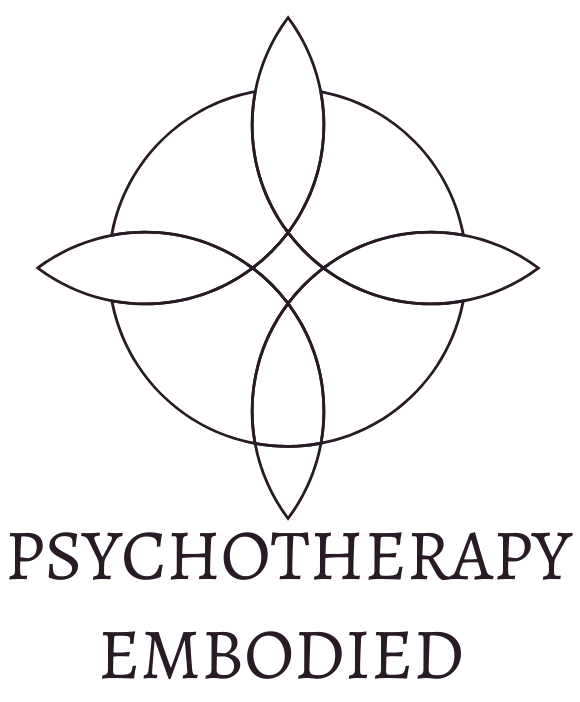
Frequently Asked Questions
Do you only offer Dance Movement Therapy?
Nope! If you are looking for a Registered Clinical Counsellor who offers trauma-informed, client-centered talk therapy you’ve come to the right place. I’m available to work on a wide range of goals using various tools and approaches–if you would like to know if we’re a match to work together, feel free to contact me and book a free consult! For those who are curious about Dance Movement Therapy, or who are excited to start, this is a specialization of mine and I would be more than happy to work with you. Find out more about my Services and Fees, or contact me here.
Why choose Dance Movement Therapy?
This innovative approach to psychotherapy aligns with current neurological research into brain and behaviour, and the importance of movement for healthy human development. You may choose to work with a Dance Movement Therapist (DMT) because: the inclusion of the body in the healing process is essential to lasting change; movement aligns with your goals for counselling (i.e. working through an injury); you love to dance and are curious to experience the ways in which DMT expands your self-awareness; because who I am and my approach resonates with you.
What is Dance Movement Therapy?
DMT is an evidence-based therapeutic approach that expands on traditional talk-based somatic therapy to emphasize the non-verbal aspects of expression and the embodied process of healing. The foundations of DMT are the same as counselling, so if you have ever experienced talk-therapy you will recognize many similarities in DMT. As in more traditional forms of counselling, DMT prioritizes a safe and authentic connection between client and therapist. Building upon this relationship, DMT weaves the experience of body awareness and physical movement (from subtle movements like tilting ones head to full-bodied ‘dancing’) into traditional therapeutic conversation. In doing so, clients find that they experience liberation from stuckness. For more on what to expect from DMT and how not-intimidating it is, please read on!
Dance Movement Therapy (DMT) provides a contained environment where clients have an opportunity to test the impact of self on others. In doing so, it values both verbal and non-verbal aspects of expression and recognizes the creative potential of all individuals. Dance, movement, and play engages people in a process where relational skills and inner resources are cultivated. It increases an understanding of movement behaviour, which enables new insights into the connection between inner and outer realities. DMT accesses creativity through movement, and allows for new experiences of the self including the rehearsal of adaptive coping behaviours.
Movement can access inner resources and rhythm to deepen emotional and physical states. This brings a level of self-awareness and integration.
Who can do Dance Movement Therapy?
Anybody can do DMT! Everyone can be a DMT client. There is no experience with talk therapy or with dance required. All bodies and abilities can participate in and benefit from doing DMT: the therapeutic process is tailored to the needs and desires of the client, therefore sessions will differ depending on the individual. DMT has been used effectively with clients facing a myriad of challenges, including physical/medical, developmental, social/relational, emotional and psychological. Dance Movement Therapy can be adapted to the needs of people of all ages and backgrounds and is practiced in individual, couple, family, and group therapy formats.
What happens during a ‘typical’ session?
There is no truly ‘typical' DMT session. Depending on a client’s needs, presenting concern, and desires, a session can range from sitting and talking for the duration of the session (much like traditional counselling), to a mix of talking and guided movement, through to a predominantly client-led, full-bodied, improvised ‘dance’. No client is ever expected to move in any particular way. Boundaries and agency are an integral aspect of DMT. As a general pattern, sessions increasingly include more movement.
Does the ‘dance’ part feel intimidating?
DMT shouldn't feel scary! At least not any more than counselling tends to for many people. The central feature of DMT is awareness, not external physical movement. Only once someone feels safe and comfortable enough do sessions include outward expression of movement (‘dance’). This part of the process does not have to look like dance—all movement qualifies—and it is never judged for how the movement appears. Rather, we are searching for authentic expression and for how this expression can aid in processing, releasing, and beneficial growth.
What should I expect in your office?
My office is located in a quiet commercial building in Quadra Village, in Victoria. The building and my office are wheelchair accessible, and there are both gendered and gender-neutral washrooms available in the building. Entering my waiting area from the hallway you will find a comfortable space to sit and wait for your session time. Entering my office there is a large open space for us to move in, and a pair of comfy chairs where we can sit across from one another. There is hot water and tea bags for those who wish.
Is your office Covid safe?
While in-person therapy does carry some risks, I have taken precautions to mitigate these as much as possible. The space is large, and there is room to always be more than 6 feet apart whether sitting or moving. I constantly run a high-powered HEPA filter, and am always happy to wear a mask if a client requests it. If you have any further questions or concerns about this aspect of working with me, please don’t hesitate to contact me or bring them up in session.
Are you covered by my health benefits?
Often health benefits plans do cover counselling services, however it varies from plan to plan. Please check with your health benefits provider (or plan) to see if you receive coverage for a Registered Clinical Counsellor (RCC).
Do you offer online or phone counselling?
I offer sessions online via secure video conferencing software and by telephone, should individuals be unable to meet in person. If clients I am currently working with occasionally wish to meet virtually, I am open to this and have experience providing virtual counselling.
